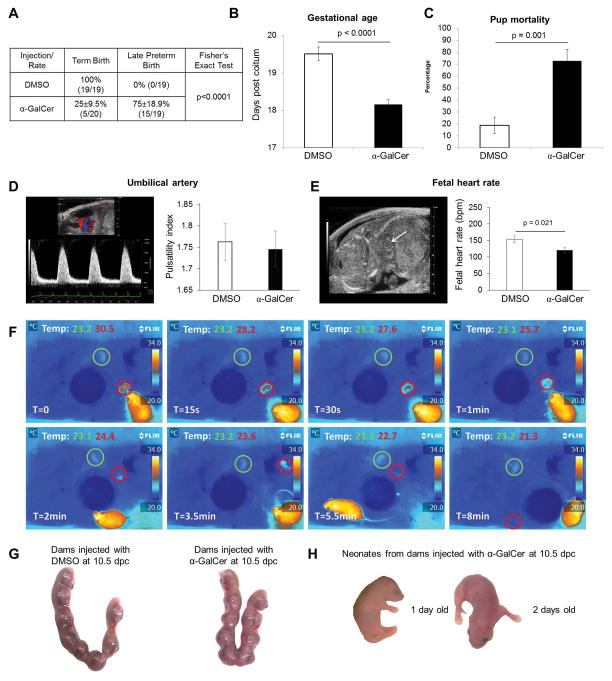Figure 1. α-GalCer induces late preterm birth but not pregnancy loss.
(A) The rate of term birth was defined as the percentage of dams delivering at 19.5±0.5 dpc among all births. The rate of late PTB was defined as the percentage of dams delivering between 18.0 and18.5 dpc among all births. Data are represented as percentages ± 95% confidence interval. (B) Gestational age was calculated from the presence of the vaginal plug (0.5 dpc) until the observation of the first pup in the cage bedding. (C) The rate of pup mortality for each litter was defined as the proportion of born pups found dead out of the total litter size. Data (A–C) are from individual dams, n=19–20 each. (D&E) Doppler ultrasound was performed on fetuses just prior to α-GalCer-induced late PTB in dams injected with α-GalCer and in time-matched DMSO controls. Umbilical artery pulsatility index and fetal heart rate were recorded. Data are from 3 independent litters. (F) Immediately after α-GalCer-induced late PTB, the body temperature of the newborns was monitored using a thermal infrared camera. Temperature readings were recorded at intervals of 0, 15, and 30 s, and at intervals of 1, 2, 3.5, 5.5, and 8 min. Data are representative of individual dams, n=3. (G) Uterine horns at 14.5 dpc from dams i.v. injected with DMSO or α-GalCer on 10.5 dpc. Data are representative of individual dams, n=5 each. (H) Term neonates at 1 day and 2 days old delivered from dams i.v. injected with α-GalCer on 10.5 dpc. Data are representative of individual dams, n=3.

